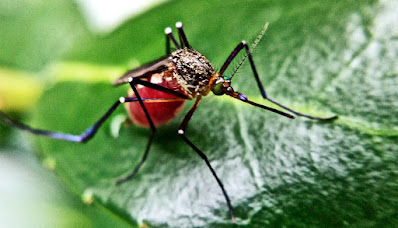EXPERT: SKIP THE PLEXIGLASS AND WEAR A MASK
The Plexiglass guards implemented for the vice-presidential debate on October 7 probably didn't offer as a lot protection as thought, says Pratim Biswas, an aerosol expert.
2 individuals, facing each various other, talking—let's call it "excitedly"—might be one of the most important ingredients for a debate. They are also a dish for catastrophe if among those 2 individuals has an extremely infectious infection that transfers through the air.
The debate obstacle, intended as a safety measure versus the spread out of SARS-CoV-2, the infection in charge of COVID-19, had not been enough, says Biswas, division chair and a teacher in the power, ecological and chemical design division at Washington College in St. Louis..
belajarlah dari si kribo"The guards ready if you have actually someone straight before you, and you're talking right into it." Or else, he says, bits simply flow about them.
Biswas and scientists in his laboratory at the McKelvey Institution of Design have been using models to understand the various ways where infection bits move in a shut space.
Their most current initiatives, which doctoral trainee Sukrant Dhawan led, show that "common sense" solutions do not constantly suffice when it comes to COVID-19. This holds true especially in a setup where a contaminated individual and a non-infected individual talk facing each various other.
SPEAKING IS WORSE THAN SNEEZING
Plexiglass obstacles will not do a lot, but you also do not need excessive range in between debaters. In truth, as lengthy as the air flow is controlled, the best range in between both individuals would certainly be anything past about 4.5 feet.
This is among a couple of shocks when it comes to what tasks do—or don't—carry high risk of infection.
"Individuals say that talking will not lead to air-borne infection because the beads produced are lower in focus compared to if you were coughing or sneezing," Dhawan says. "But when you talk, you typically talk for much longer time periods."
In truth, modeling shows that when standing about 8 feet apart, facing each various other, the risk of being contaminated by a coughing is much less compared to 30%. At that same range, there's greater than a 40% chance of being contaminated by a contaminated individual talking momentarily. And if they talk for 10 mins, the risk is nearly 100%.
BEST BET: WEAR A MASK
Certainly, air flow characteristics can reduce that risk. Wind blowing from a contaminated individual is one of the most high-risk circumstance," Dhawan says. Viral bits can travel further. "At the very least, that is what we presumed at first."
Beads can definitely travel further when a wind brings them, but they do not quit when they sense the presence of a healthy and balanced individual. They proceed to whiz by.
"The much faster the wind, the much less quantity of time you're subjected to the beads," Dhawan says. "Actually, enhancing wind speed reduces risk."
Of course, the best situation situation would certainly have the wind blowing from the clean individual to the contaminated individual. But suppose you do not know who's that?
If wind speed has to do with.5 meters (1.64 feet) each second in the instructions of the individual exhaling, these beads can't go further compared to 4.5 feet. "There's no risk past that range," Dhawan says.
As lengthy as the debaters go to the very least 4 and a fifty percent feet apart with air flow guided back at them (and a correctly functioning air filtering system), the risk of infection is minimal to none.
With "common sense" prominent us astray, however, and caveats after caveats, it's reassuring to keep in mind that there's still one place where common sense does intersect with reality for most people.



